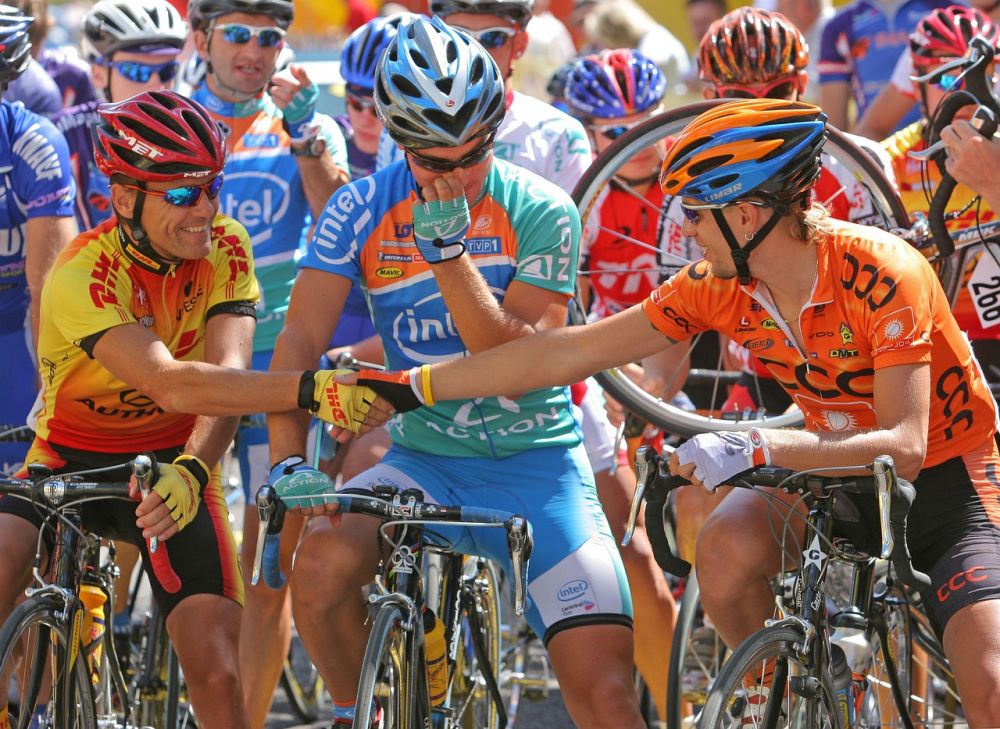Tour de France Klassement: A Deep Dive into the Worlds Greatest Cycling Race

Introduction
The Tour de France is the ultimate test of endurance and skill for professional cyclists, attracting millions of sports enthusiasts from around the world. One of the most important aspects of this legendary race is the “Tour de France klassement” or classification. In this article, we will delve into the intricacies of the klassement, its historical development, and its significance for avid fans of the sport.
Tour de France Klassement: What You Need to Know

The Tour de France klassement refers to the overall classification of riders based on their cumulative race times. This classification determines the coveted yellow jersey, worn by the race leader throughout the tour. The klassement takes into account not only the time taken by each rider to complete a stage but also the time bonuses awarded for intermediate sprints, mountain classifications, and the finish line.
The klassement is divided into different categories, including the general classification (GC), mountains classification, points classification, young rider classification, and team classification. Each category has its specific jersey, representing the achievements of the riders.
1. General Classification (GC):
The GC is the most prestigious classification awarded to the rider with the lowest cumulative time over the entire race. It is the yellow jersey that is most coveted by the cyclists. The GC determines the overall winner of the Tour de France.
2. Mountains Classification:
The mountains classification, represented by the polka dot jersey, identifies the most accomplished climber in the race. Points are awarded for reaching the top of categorized climbs, with higher points awarded for tougher ascents. This classification adds an extra layer of excitement and strategy to the race.
3. Points Classification:
The points classification is based on intermediate sprints and the finish line. The green jersey is awarded to the rider with the most points. Sprinters who excel in flat stages often target this classification, as it showcases their speed and agility.
4. Young Rider Classification:
To encourage young talent, the Tour de France also includes a classification for riders who are under 25 years old. The white jersey goes to the highest-ranked young rider in the GC, highlighting their potential for future success in the race.
5. Team Classification:
The team classification is determined by the cumulative times of the best three riders from each team. This classification emphasizes teamwork and promotes collaboration between team members. The leading team wears the yellow helmets during the race.
Historical Development of Tour de France Klassement
The klassement has evolved over the years, reflecting changes in the race format and the introduction of new rules. Let’s take a look at the key milestones in the historical development of the Tour de France klassement.
1. Early Years (1903-1914):
The Tour de France was first held in 1903, with only the general classification being awarded. Riders had to navigate through challenging terrains, riding long distances with limited support. Eugène Christophe became the first rider to wear the yellow jersey, but the classification was not recognized officially until 1919.
2. Introduction of Mountains Classification (1933):
In 1933, the mountains classification was introduced to recognize the climbing skills of riders. Initially, only points for the first-place finisher on each climb were awarded. However, this format changed over time to include multiple categorized climbs and a more detailed points system.
3. Points Classification (1953):
The points classification was established in 1953 to award sprinters and riders who excel in flat stages. Initially, points were only awarded at the finish line, but intermediate sprints were later added to increase the competition. The green jersey was introduced to recognize the leading rider in this classification.
4. Young Rider Classification (1975):
To acknowledge the potential of young riders, the white jersey was introduced in 1975. This classification has been a platform for emerging talents to display their abilities and has often served as a stepping stone to success in the overall GC.
5. Team Classification (1930):
The team classification was introduced in 1930 to promote teamwork and cooperation among riders. The leading team wears yellow helmets during the race, displaying their collective strength and strategic planning.
6. Evolving Rules and Modifications:
Over the years, there have been several rule changes to the klassement. Time bonus points have been introduced and adjusted, decisive time trials have been added, and intermediate sprints have been modified. These changes have made the competition more exciting while keeping the spirit of the race intact.
The Tour de France klassement has become an integral part of the race, captivating viewers worldwide with its gripping battles for the yellow jersey, polka dot jersey, green jersey, white jersey, and team classification.
Conclusion
As sports and leisure enthusiasts, understanding the intricacies of the Tour de France klassement enhances our overall enjoyment of the race. From the grueling battle for the yellow jersey in the general classification to the fierce competition for the mountains, points, young rider, and team classifications, the klassement adds depth and excitement to the world’s greatest cycling event.
Next time you tune in to watch the Tour de France, pay close attention to the riders vying for the various jerseys. The klassement not only reflects their individual efforts but also showcases the teamwork, endurance, and strategy that make this race a true test of champions.





